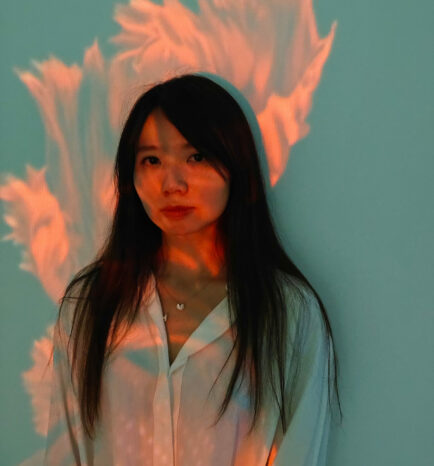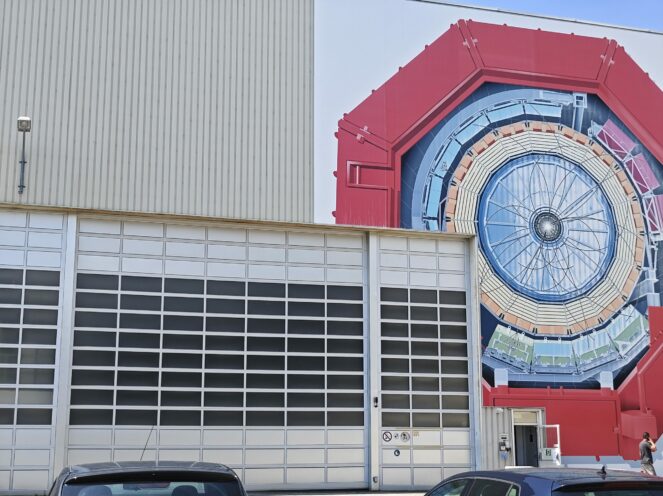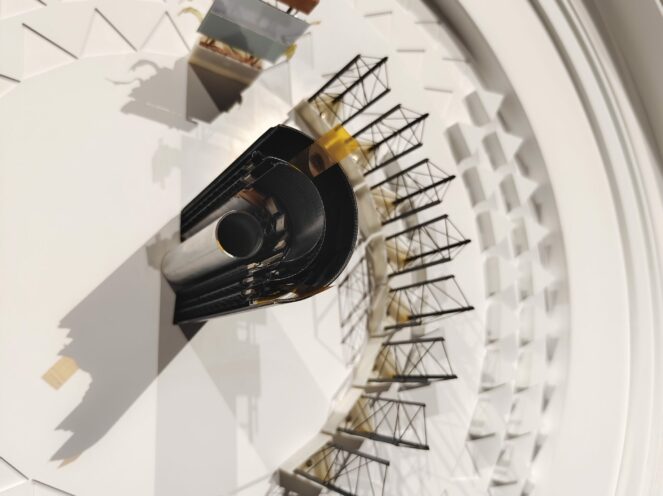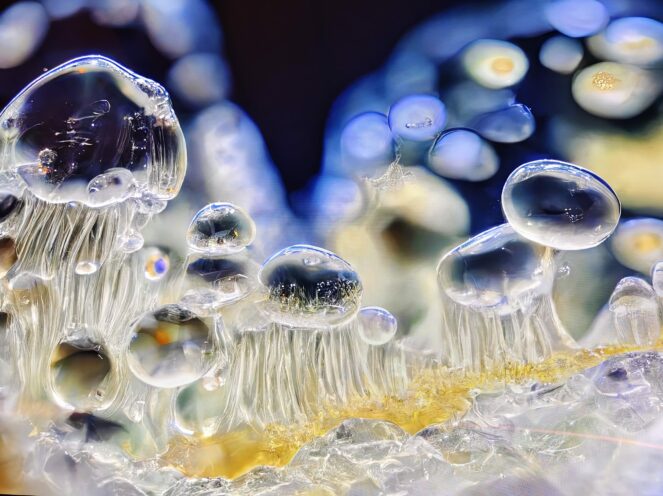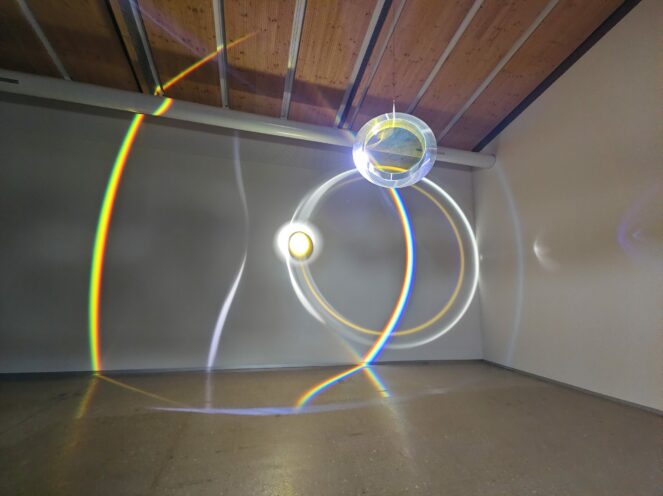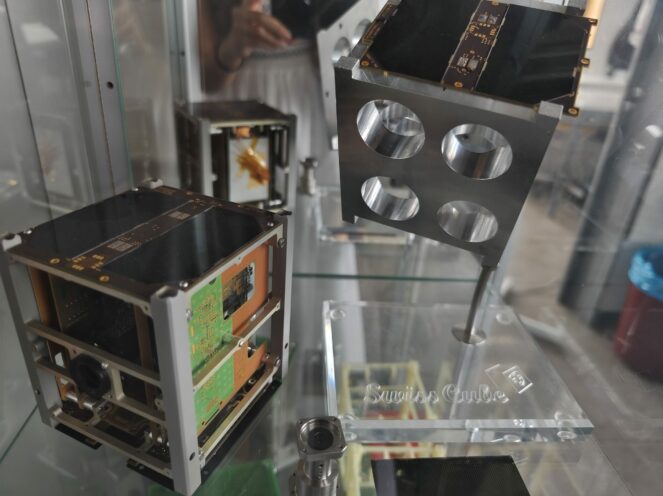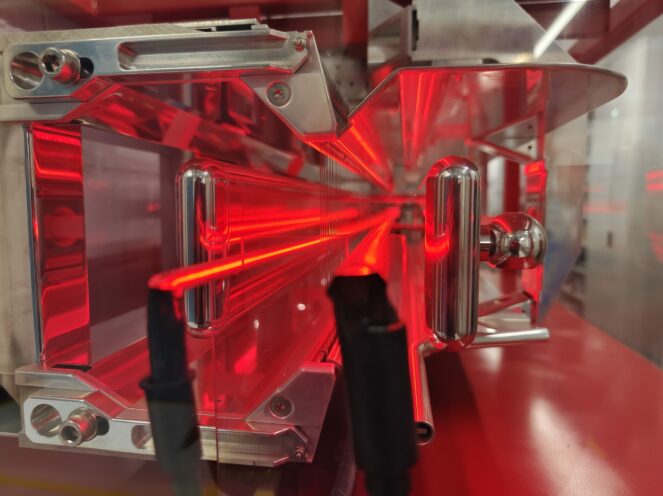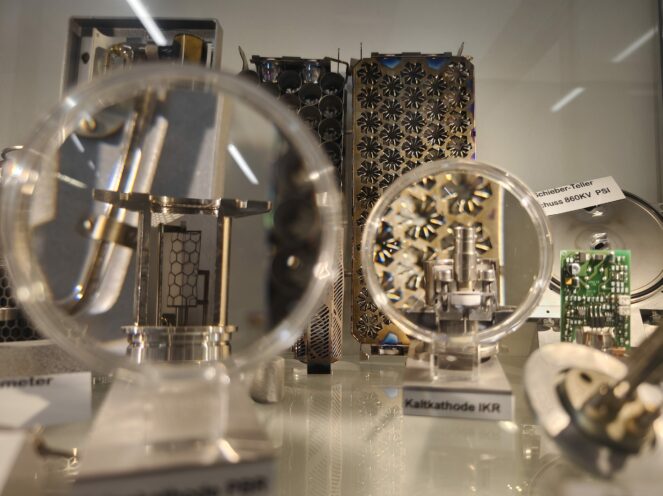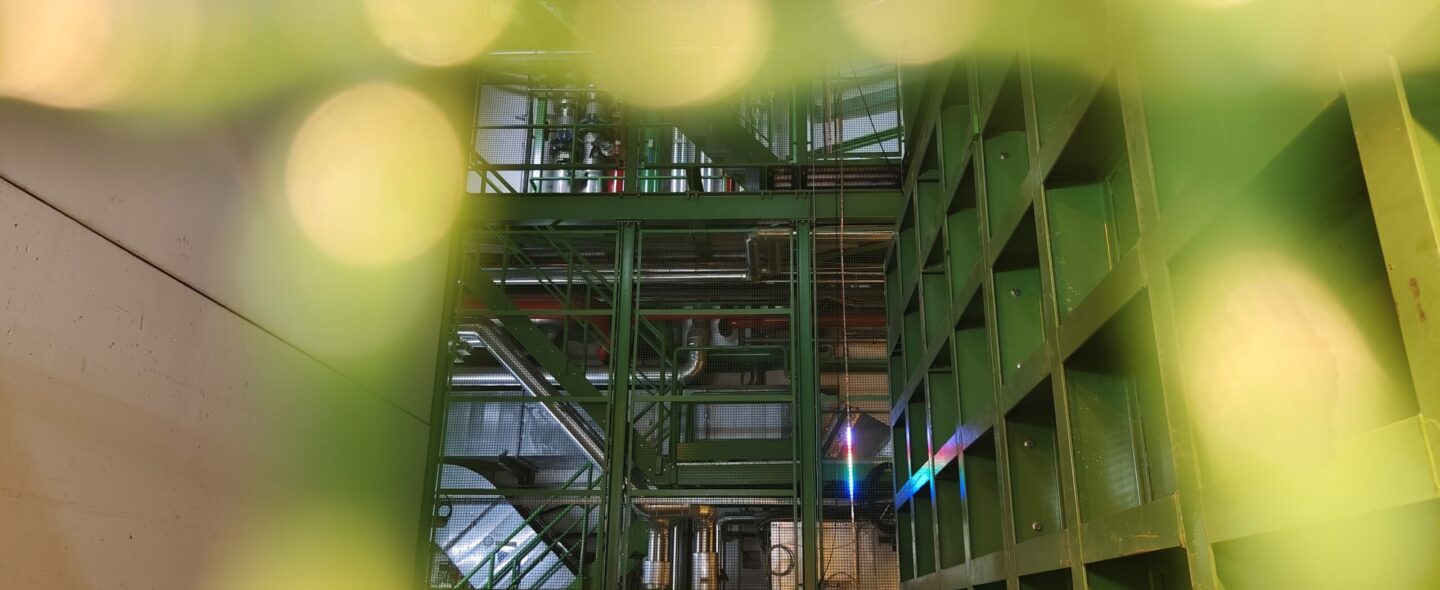
About
-
![]()
Bio
Iris Long
Art & Tech CuratorIris Long (irislong.xyz) is a writer, independent curator and a Berggruen Fellow. Her recent work has been focused on the critical infrastructures in China, fundamental science and art.
1. Could you share with us more details about your trip to Switzerland? What were some of the most impressive connections you made with Swiss organizations or individuals during your visit?
My research trip was supported by both Pro Helvetia and the collaborative exhibition with EPFL and Swissnex. This trip provided me with an opportunity to delve into the art and science scene in Switzerland, particularly exploring the intersection of art, artificial intelligence, and fundamental physics. Half of my trip was dedicated to visiting fundamental physics institutions such as PSI and CERN, while the remainder was spent in cultural spaces/meetings with independent cultural practitioners. This combination also allowed me to observe how these two fields perceive each other in Switzerland and to explore their potential interactions.
2. During the above exchanges, were there any particularly interesting ideas that emerged? Do you think there is potential for future collaboration based on these ideas?
While it might sound somewhat abstract, I engaged in highly productive discussions with a potential collaborator concerning the concept of ‘theorised but not yet discovered’ in science and how it sparks intrigue in artistic practices. Another fascinating exchange revolved around the topic of large-scale scientific apparatuses, which coincides with the focus of my PhD research. I’m hopeful about the prospect of collaborating with Swiss institutions in this area.
3. We know that you’re working with Swissnex in China to bring EPFL’s Cosmos Archaeology Exhibition to Chinese audiences next year. Can you share with us the inspiration and vision behind this collaboration?
Cosmos Archaeology: Explorations in Time and Space is a collaboration between EPFL, Swissnex in China and the Shanghai Astronomy Museum, originally curated by Professor Sarah Kenderdine and Professor Jean-Paul Kneib for EPFL Pavilions (2022-2023). The Shanghai Astronomy Museum adaptation (2024) will be co-curated by Sarah Kenderdine, Jean-Paul Kneib and me. ‘Cosmos Archaeology’ can be seen as an epistemological investigation of the cosmos/spacetime through large-scale data and simulations, as well as a resonating realm bridging art and rigorous science/astrophysics. The Chinese edition of the exhibition will address two main additional points: non-Western-centric cosmologies and the incubation of art and astrophysics. Departing from the idea of ‘from Light to Sight,’ the curatorial idea intends to interrogate perceptual knowledge and hermeneutics about scientific facts, especially how large-scale apparatuses influence the relationship between the cosmos and us. Meanwhile, I will also commission some artists to work with three different kinds of telescopes that China has been constructing: MUST (Multiplexed Survey Telescope), SKA (Square Kilometre Array), and CSST (China Space Station Telescope). I hope this collaboration can mark the beginning of a long-term, research-driven conversation between Switzerland and China in the fields of astronomy/astrophysics and art.
4. As an Art & Tech curator, how do you perceive the interactions between art and science? How do you think the art & science community/environment in Switzerland differentiates from China?
For me, the dialogue between art and science always centers around the ‘matter of care’ (not merely a matter of fact or concern, as Latour has put it). Hence, the mediating space encompasses not only knowledge, methodology, or surprises from other disciplines, but also mutual and plural forms of caring. Field research in different cultural settings in the past has revealed the heterogeneity of the ‘art and science’ relationship, offering a higher resolution. I feel that the scene in Switzerland is diverse and deeply rooted in a well-developed infrastructure of institutions, universities, and communities. In China, I am also witnessing a growing attention and anticipation for interdisciplinary dialogues and conversations. However, relatively speaking, we don’t share the same infrastructure and community. At the moment, I foresee more exchanges between the two cultures and the emergence of mutual matter[s] of care.
5. How do you envision potential collaborations with Swissnex in China in the field of art & science? What would you hope to gain from such collaborations in terms of personal and professional development?
Swissnex boasts an impressive network within the realms of science and innovation. I am eager to delve into this landscape, aiming to discover pertinent archives and research materials, and to connect with individuals and institutions that share an interest in collectively and collaboratively exploring ways to bridge art and science – most importantly my current research direction (art and fundamental physics/large-scale apparatus). From a personal and professional development perspective, the establishment of such a collaborative framework would attract practitioners from both countries and lay the foundation for a comparative research area encompassing the historical, geo-political, cultural and societal conditions of this theme in both countries. It would also explore modes of incubating new works that deepen and enrich the conversation between art and science in general.
6. What are your expectations for the Swissnex in China Fellows program, and how do you plan to contribute to our fellows community in the future?
I envision this fellowship providing a window of opportunity to share my reflections on navigating the intersection of art and science in China, especially combing historical/STS points of view and methods of critical speculation, with peers from Switzerland and around the world. I’m delighted to share my experiences and thoughts with fellows through various mediums/forms. Meanwhile, as an active curator and soon the founder of an A&T institution in mainland China, I’m also excited to involve fellow participants in this practical framework whenever an opportunity arises.
-
![]()
-
![]()
-
![]()
-
![]()
-
![]()
-
![]()
-
![]()
